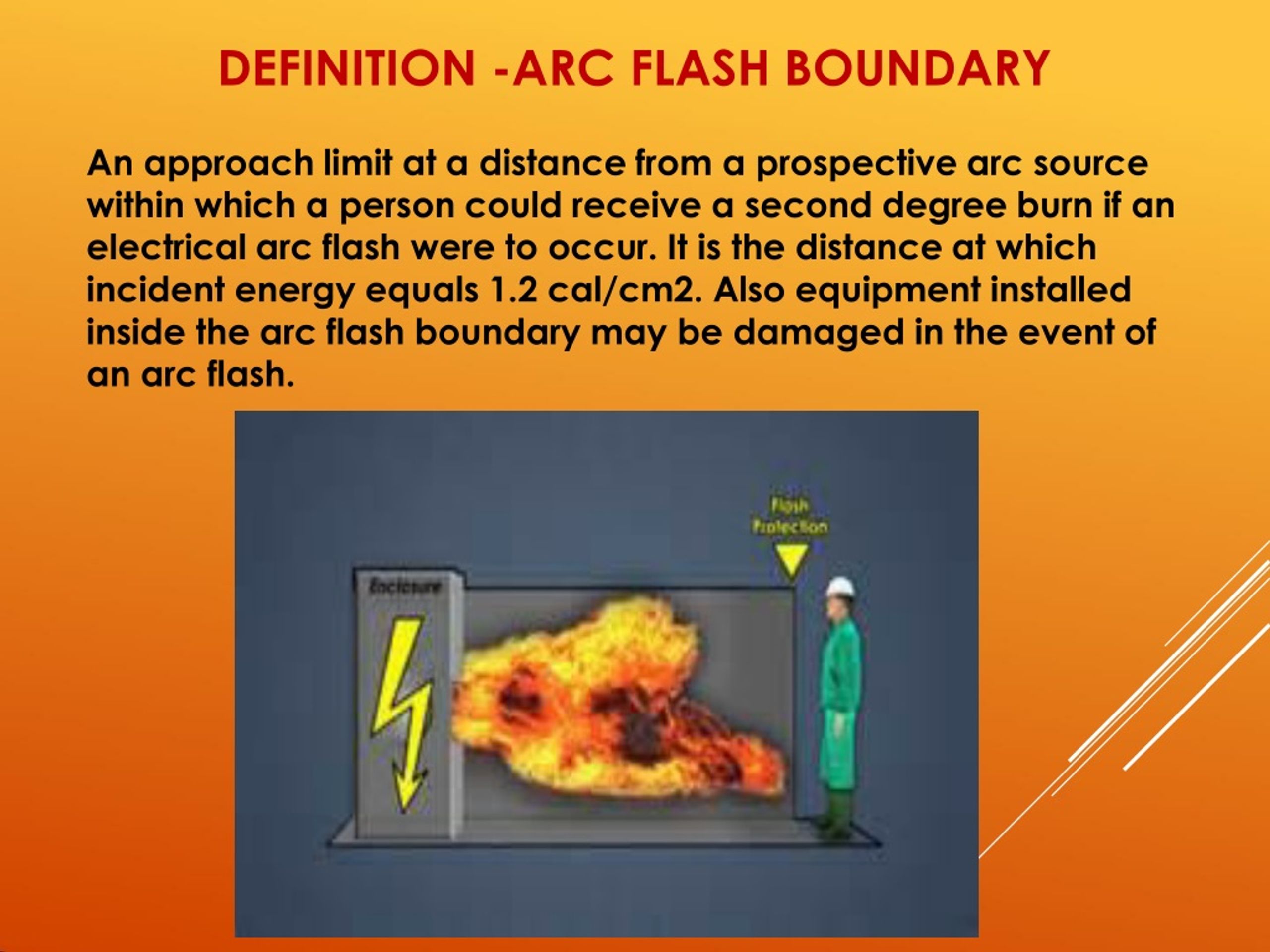

No untrained personnel may approach any closer to the energized item than this boundary. The limited approach boundary is the minimum distance from the energized item where unqualified personnel may safely stand.

NFPA 70 defines the limited approach boundary as a shock protection boundary to be crossed by only qualified persons (at a distance from a live part), which is not to be crossed by unqualified persons unless escorted by a qualified person. The flash protection boundary is based on voltage, the available fault current and the time it takes for the upstream protective device to operate and clear the fault. The flash hazard analysis should determine the flash protection boundary (FPB) and level of personal protective equipment (PPE) that the worker must wear. (It is important to note that conductors and equipment are considered live when checking for voltage while putting equipment in a safe work condition as well). Until equipment is placed in a safe work condition, it is considered live. The limited approach boundary, restricted approach boundary and prohibited approach boundary classifications are based on the voltage of the energized equipment.īut before a worker can approach exposed electric conductors or circuit parts that have not been placed in a safe work condition, a flash hazard assessment must be performed. There are three shock approach boundaries: NFPA 70E and CSA Z462 have developed requirements to reduce the risk of injury due to shock and arc flash hazards.


 0 kommentar(er)
0 kommentar(er)
